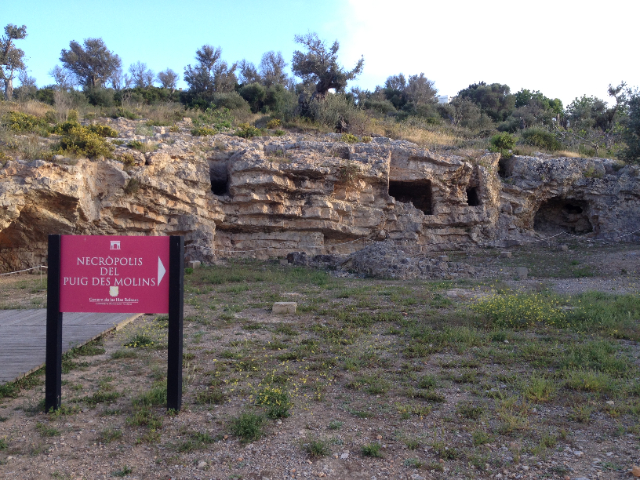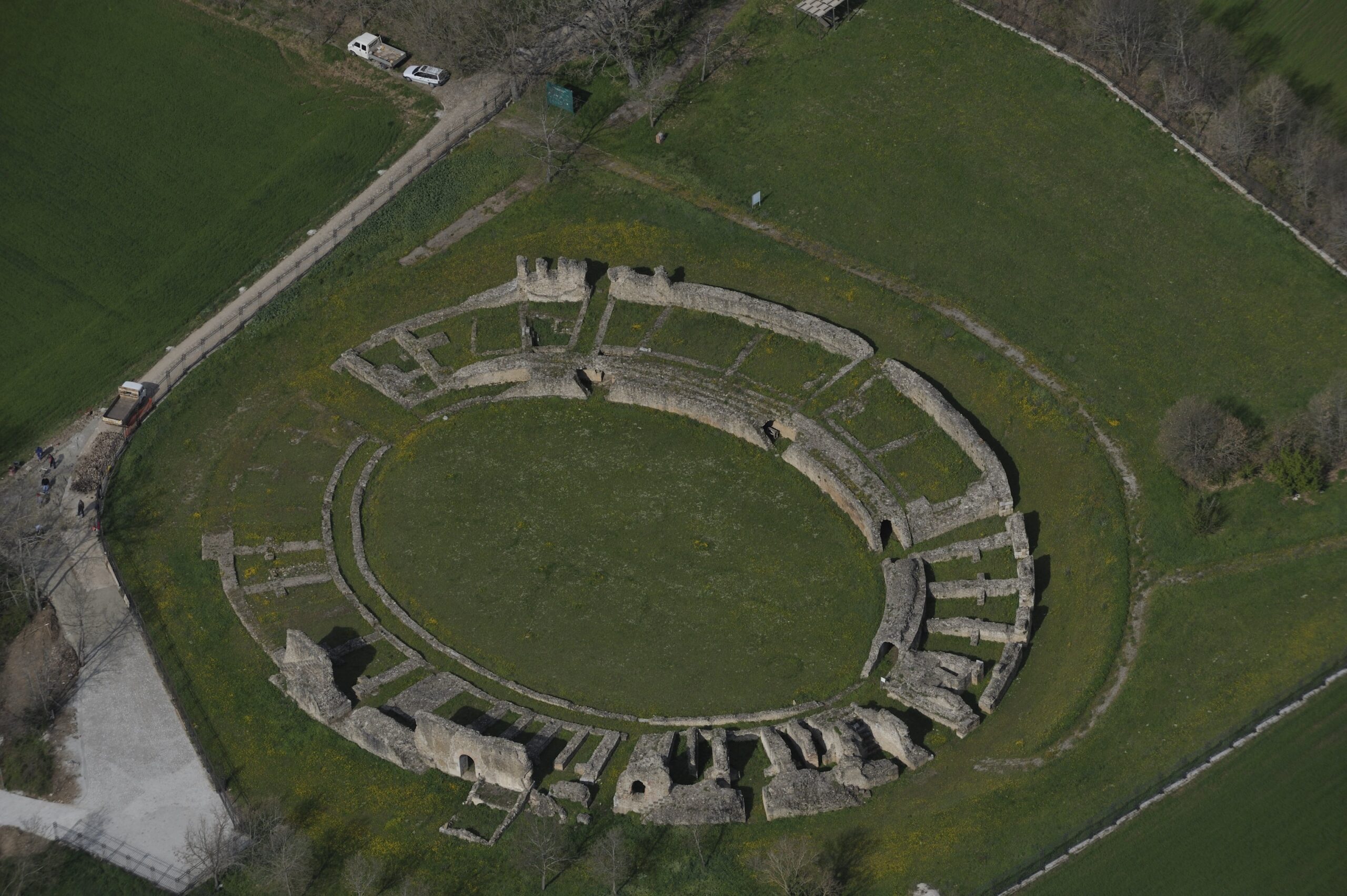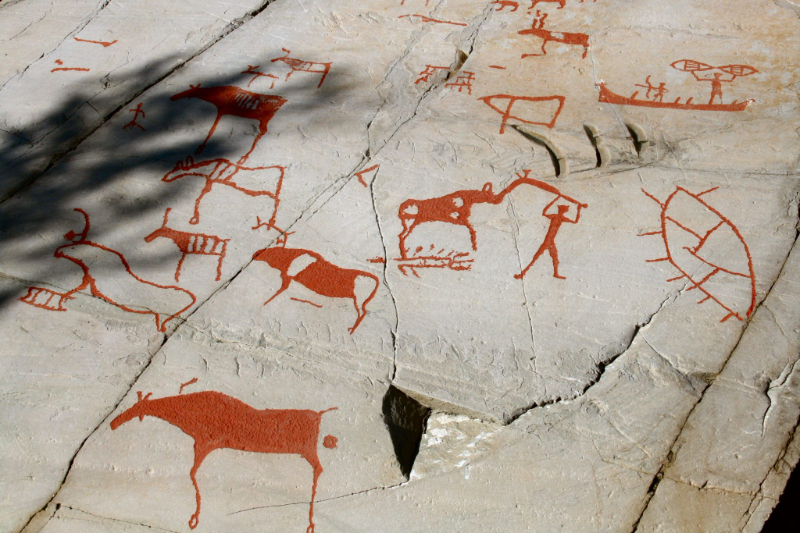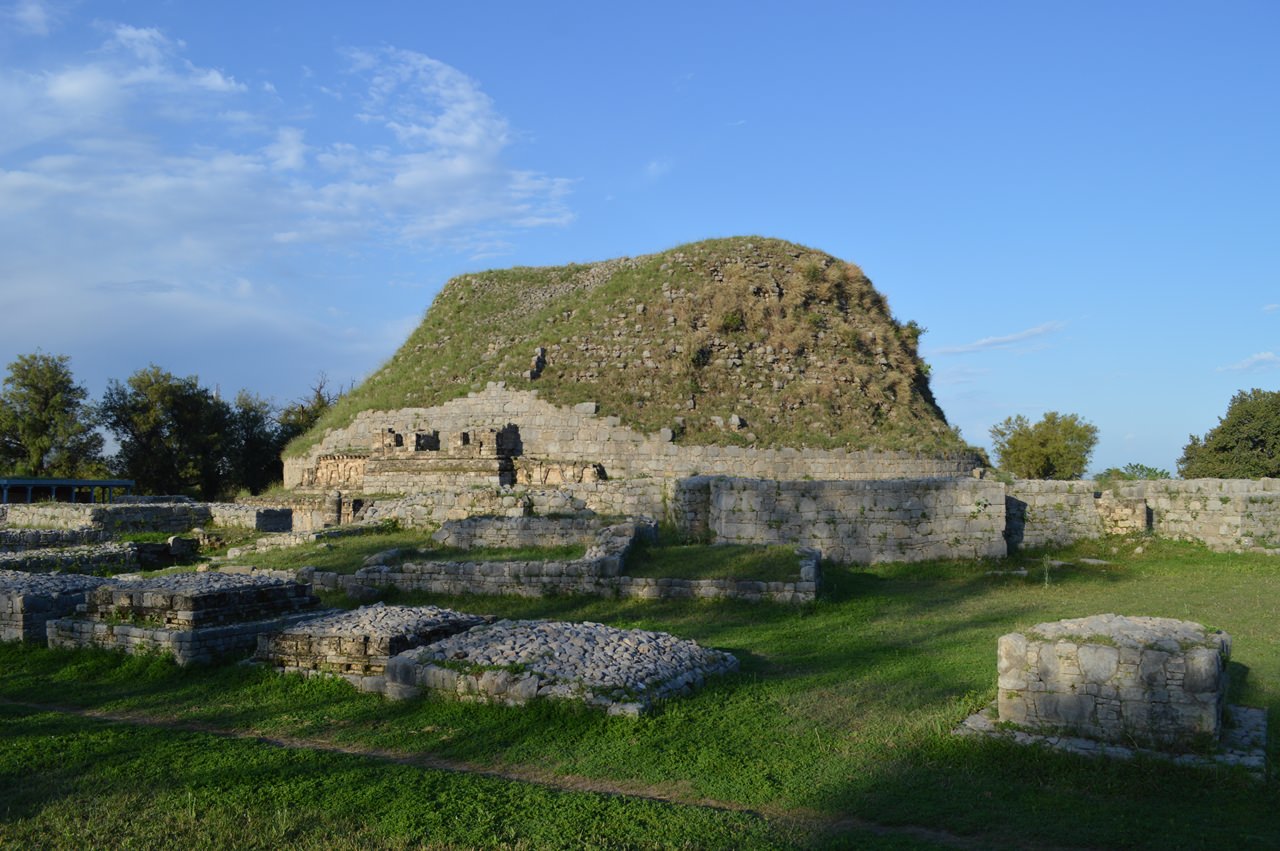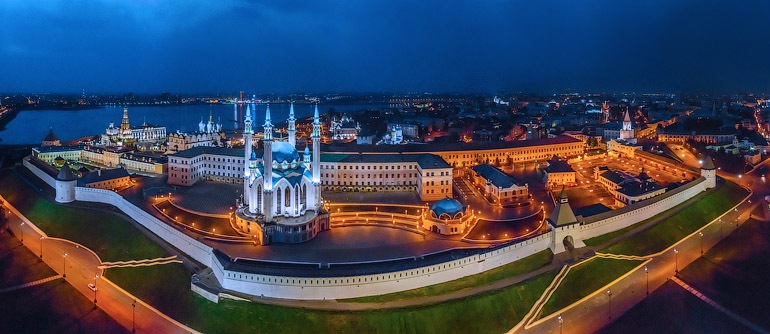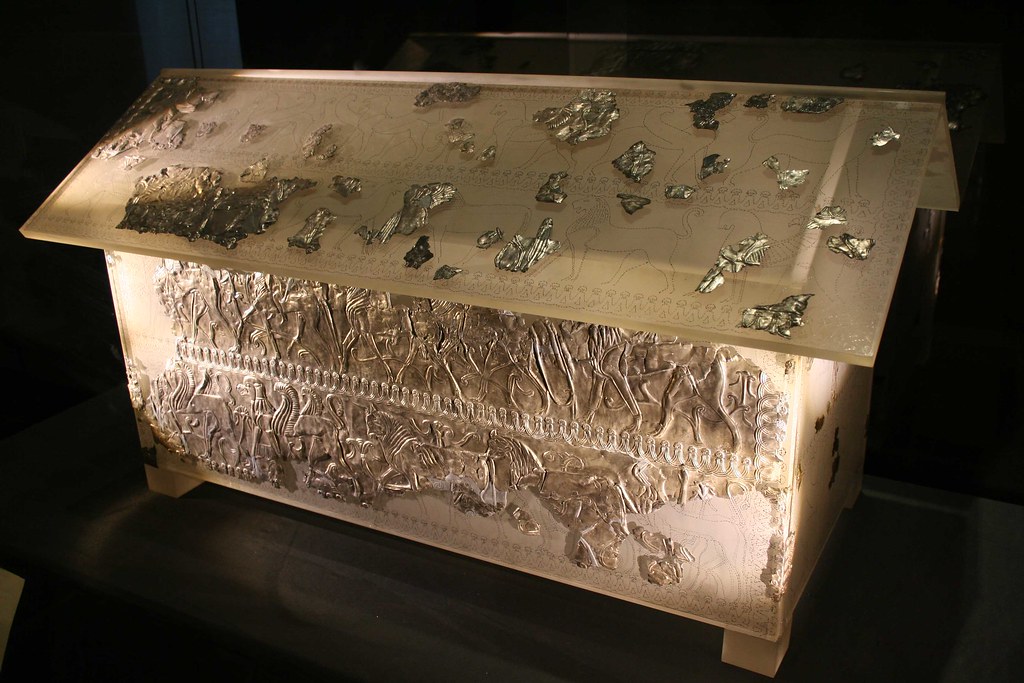The Necropolis of Puig des Molins is one of Ibiza’s most important archaeological sites and one of the largest ancient burial complexes in the Mediterranean. This site, which covers more than 200,000 square meters, is located within walking distance of Ibiza’s Old Town, near the Archaeological Museum of Ibiza.The burial complex dates back to the Phoenician and Roman periods and contains more than 3,000 rock-cut tombs. The necropolis was a burial site for the Phoenician and Roman communities that inhabited the island from the 7th century BC until the 5th century AD.The necropolis was discovered by accident in 1907, when an area near the historic center of Ibiza was demolished to make way for new construction. Over the years, numerous archaeological excavations have been carried out, uncovering many tombs, objects and artifacts.Among the most important tombs in the necropolis is the tomb of Pompeya, which dates back to the second century AD. This rock-cut tomb features an inscription revealing the name of the deceased and her social rank. The tomb also contains a niche where the deceased’s personal belongings were stored.The necropolis also contains an urn depository, where numerous decorated funerary urns were discovered. These urns, made of terracotta or stone, were used to store the ashes of the deceased.The Ibiza Archaeological Museum, located within the site, houses a large collection of artifacts discovered during excavations of the necropolis. Among the exhibits are ceramics, coins, jewelry, and sculptures.The Puig des Molins Necropolis was declared a UNESCO World Heritage Site in 1999. Today, the site is open to the public and offers visitors the opportunity to discover the history and culture of the ancient civilizations that inhabited Ibiza.In summary, the Necropolis of Puig des Molins is an archaeological site of great historical and cultural importance that offers valuable evidence of the Phoenician and Roman civilizations that inhabited the island of Ibiza.
